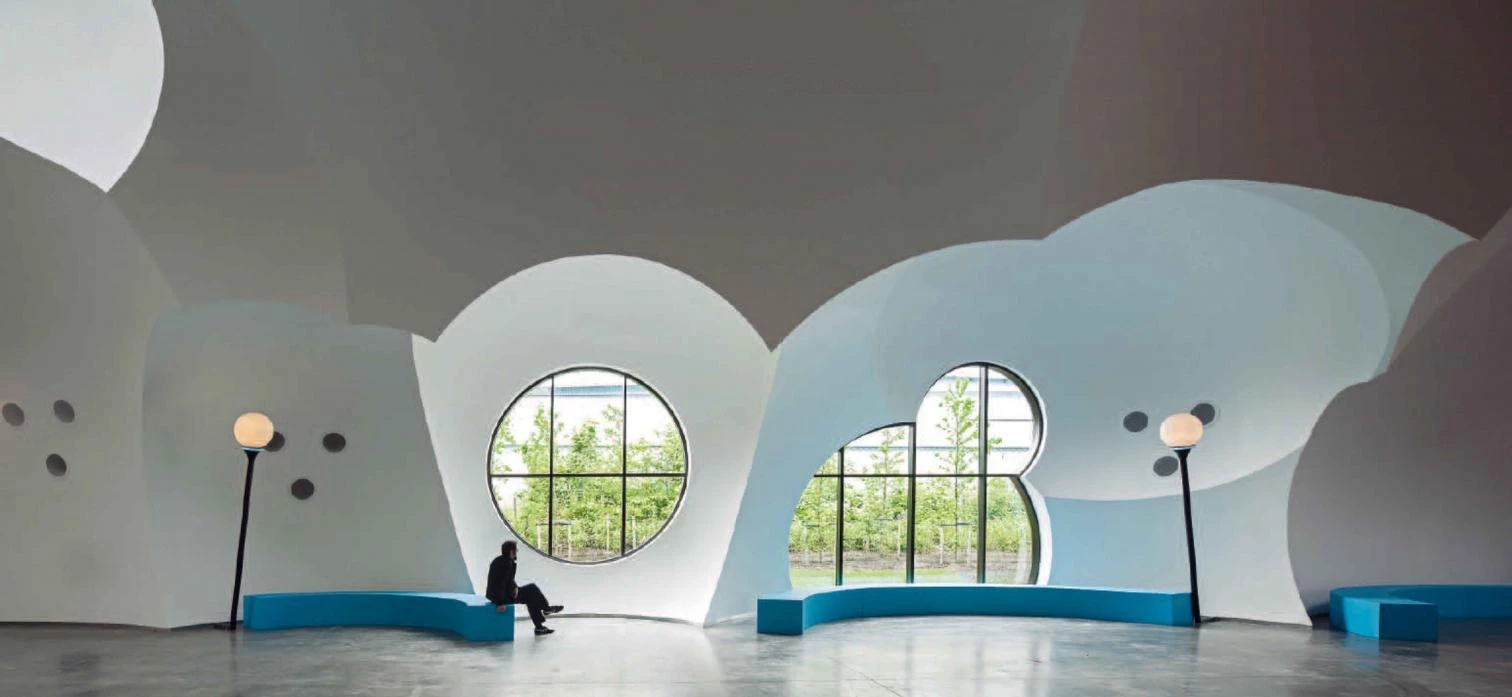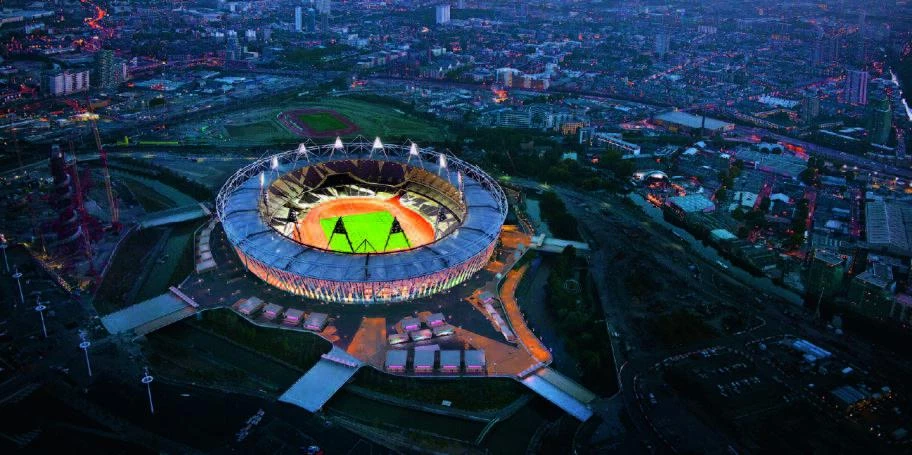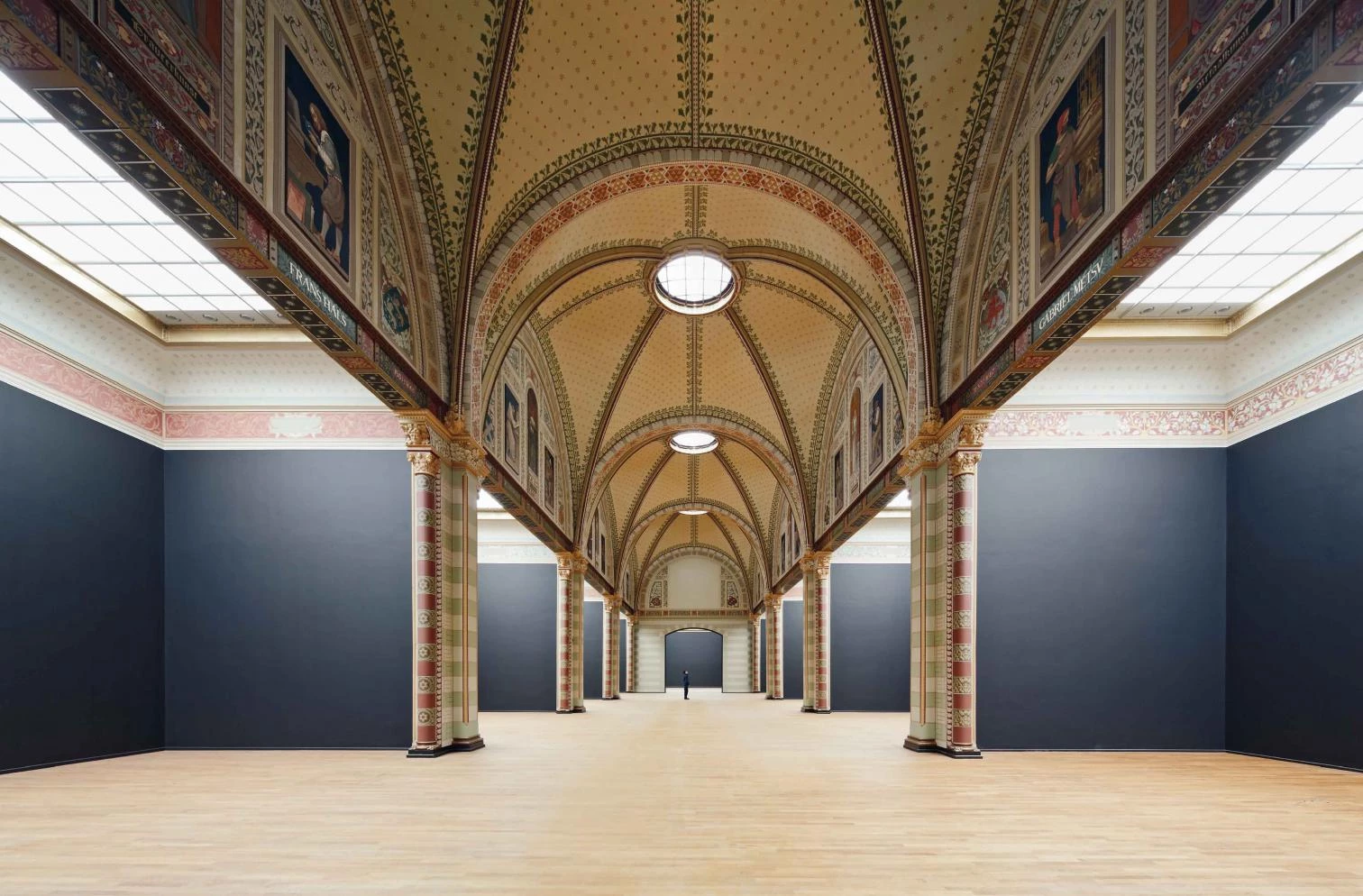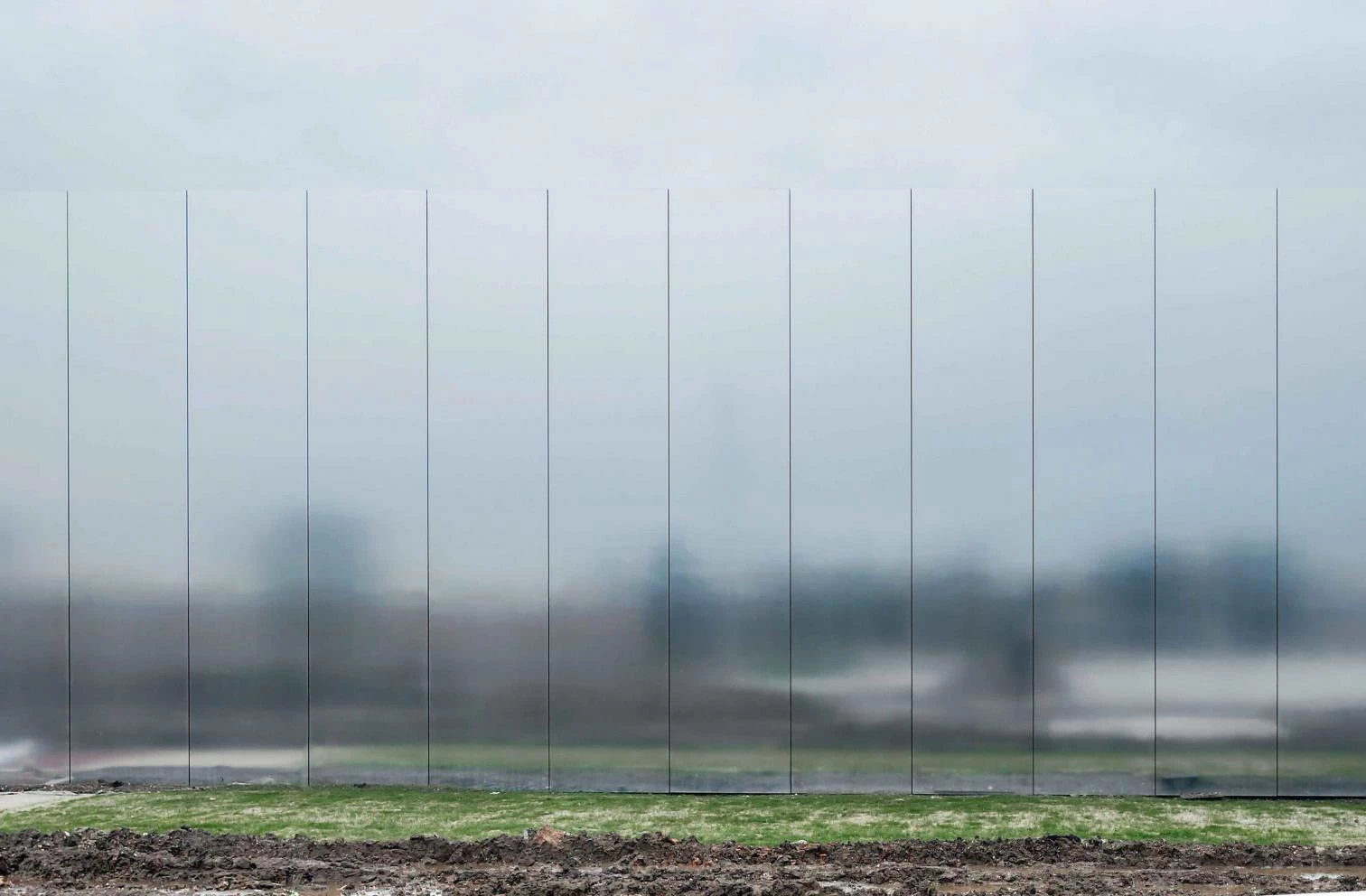Sinking Nations
The institutional crisis marked a year which had its share of natural catastrophes, political changes, sports events and scientific breakthroughs.

In why nations fail, the MIT economist Daron Acemoglu and the Harvard political scientist James Robinson explore the origins of power, prosperity and poverty, and arrive at a depressing conclusion: nations sink or sail ahead depending on their institutions, which are what allow or prevent elites from putting their country at their exclusive ser-vice. Into the fifth year of a crisis that has in succession been financial, economic, fiscal-monetary and social, the focus has shifted to institutions, increasingly eroded by the per-ception that they only serve to maintain the privileges of the elites. In Spain this loss of prestige has affected political parties, Parliament, Government and courts of justice, but also trade unions and employers, banks and big companies, and it has spread to the media, the Church and even the monarchy. The crisis is now institutional, and the growth of inequalities, marginalization and unem-ployment combine with the shrinking of the middle classes to put the current mechanisms of democratic representation at risk. If to this we add the endless corruption scandals and the incurable separatist tensions in Catalonia and the Basque Country, it becomes clear that Spain is today a nation in trouble.

Obama’s reelection, London’s Olympic Games and Hurricane Sandy, which blacked out New York, illustrate a somber year for the planet, which however reached Mars with a space probe and found the Higgs boson.


To be sure, it is not the only troubled na-tion in the world, and our situation is enviable compared to that of Syria, ravaged by civil war, or Mali, menaced by Al Qaeda of the Maghreb, two extremes of an arch of Islamic crisis that has had its political Agramante’s field in Morsi’s Egypt; or even with other countries of southern Europe, from Portugal to Greece, which are violently suffering the social and economic fracture of Europe. We still have more rule of law than Venezuela’s Chávez or Putin’s Russia, in a turbulent globe difficultly governed by the two superpowers: the United States, where Obama was reelected in an atmosphere of acute ideological divide, and China, which saw Xi Jinping rise to be Hu Jintao’s successor. For the rest, the year had its usual share of natural catastrophes, surely accentuated by climate change, with Hurricane Sandy – which put New York in a critical situation – getting more attention than any other; of scientific breakthroughs, led for sure by the discovery of the Higgs boson at Geneva’s CERN and the arrival in Mars of the rover Curiosity; and of sports events, from the Olympics Games of London where Michael Phelps and Usain Bolt became the most deco-rated athletes of all time to the European Cup that went to Spain’s national football team, which thus became the first to win three major trophies in a row, offering self-esteem to a country going through rough times.

The mood of frustration in Spain is accen-tuated in the field of architecture, hit simul-taneously by the collapse of private develop-ments (in 2012 only 45,000 housing units were begun, a 95% drop from 2006 and 2007, the peak of the real estate boom) and the sharp decrease in public works, which has suffered from the application of austerity plans to in-vestments. With no opportunities for work and no hope of recovery, older architects leave the profession, the young leave the country, and the middle-aged leave the middle class, bogged down by children or mortgages. The more fortunate ones have commissions abroad, a circumstance that this year allowed the completion of works like the renovation of the Rijksmuseum by Cruz & Ortiz, the Bei-rut Souks by Rafael Moneo, the Joanneum in Graz by Nieto Sobejano, the new access to the National Gallery in Prague by Josep Lluís Mateo, the student housing in Trondheim by Elvira, Murado & Krahe, the cultural center in the French Chauffailles by Calderón, Folch & Sarsanedas or the two buildings by Carlos Arroyo in Belgium, the Academy and Audito-rium of Dilbeek and the Town Hall and Civic Center of Oostkamp.


From a country deep in crisis, Spanish architects built abroad works like the Beirut souks, the Rijksmuseum or the Oostkamp Town Hall, and at home completed significant buildings in Logroño or Córdoba.

At any rate, the peninsula has seen the completion of projects initiated in better times, such as the Intermodal Station in Logroño by Ábalos Sentkiewicz, the Spanish Film Library by Víctor López Cotelo, the Contemporary Art Center in Córdoba by Nieto Sobejano and the offices in Zamora by Alberto Campo Baeza and others; the congress centers of Toledo and Sevilla by Rafael Moneo and Guillermo Vázquez Consuegra, respectively; or the transformation of Madrid’s Escuelas Pías – an 18th-century school building – into of-fices and exhibition space for the Colegio de Arquitectos, by Gonzalo Moure, or that of the prison of Palencia into a cultural center, by Exit Architects, in a context where refurbish-ments are taking on increasing importance, as seen in the various projects for Matadero-Madrid, the capital’s old slaughterhouse, dis-tinguished in the FAD Awards, the Serrería Belga by Langarita Navarro or the Zarzuela Hippodrome – with its masterly canopies of concrete by Eduardo Torroja –, painstakingly restored by Jerónimo Junquera. A year, hence, that has not been without high points, and where awards have honored the careers of three masters: Javier Carvajal, who received a long deserved Spanish Gold Medal; Juan Navarro, feted in Cádiz (which celebrated the second centenary of the first Spanish Con-stitution) by the Iberian American Biennial; and Rafael Moneo, distinguished on his 75th birthday with the prestigious Prince of Astur-ias Award for the Arts.

Outside Spain, the year saw the culmina-tion of the austere Parrish Art Museum on Long Island, New York, by Herzog & de Meu-ron, an elegant shed which put aside its initial fragmented design when the budget was dra-matically reduced; the immaterial branch of the Louvre Museum in Lens, a depressed coal mining area in northern France, an exquisite work of the Japanese SANAA; the Islamic Art galleries in the main Parisian seat of the same institution, sheltered by Rudy Ricciotti under a delicate flying carpet that covers one of the courtyards, fortunately less controversial than was Pei’s glass pyramid; the velodrome de-signed by Hopkins Architects for the London Olympics, the event’s best legacy alongside the sculptural Aquatics Centre by Zaha Hadid; the colossal Shard by Renzo Piano in the same city, a skyscraper that has broken the height record in the European Union; the witchcraft memorial on the Norwegian island of Vardø, a lyrical construction conceived by Peter Zumthor and the artist Louise Bourgeois; or the conversion into apartments of the Bernar-das de Tavira Convent, an exemplary work by Eduardo Souto de Moura. The Portuguese architect was the previous winner of the Pritz-ker Prize, which this year went to the Chinese Wang Shu, while Henning Larsen received the Imperiale, Michael Graves the Driehaus, Herman Hertzberger the RIBA Gold Medal, Steven Holl the AIA Gold Medal, Studio Mum-bai the BSI Swiss Award and Álvaro Siza the Golden Lion of a Venice Biennale curated by David Chipperfield, within which an installa-tion titled ‘Spain mon amour’ sought to take stock of the Spanish crisis.

Atmospheric abstraction defines some of the most significant international works of the year, such as the Louvre Museum branch in Lens, the Steilneset Memorial in Vardø or the Parrish Art Museum in Long Island.


The crisis was also the backdrop of the congress held in Pamplona, organized by the Fundación Arquitectura y Sociedad under the slogan ‘Lo común’, which proposed focussing on the collective and the everyday, on all that which we share, in dealing with a situation that calls for austerity, but also for solidarity. In the final analysis, community ties are what ought to rescue us from the shipwreck of na-tions, and they are also the only consolation when the chapter on disappearances does not affect fully completed careers like those of the centenary Brazilian master Oscar Niemeyer, the British Alan Colquhoun, the German Lud-wig Leo, the Austrian Günther Domenig, the Italian Gae Aulenti, the American Lebbeus Woods, the Argentinian Jorge Glusberg or the Catalans Joan Bassegoda and Manuel de Solà-Morales, but does interrupt those of friends and colleagues in their prime, as has happened this sad year to José María Rodrí-guez Pastrana, Darío Gazapo or Luis Moreno Mansilla, all gone precisely when so much was still to come from their talent. May the earth rest lightly upon them, and also upon us.





